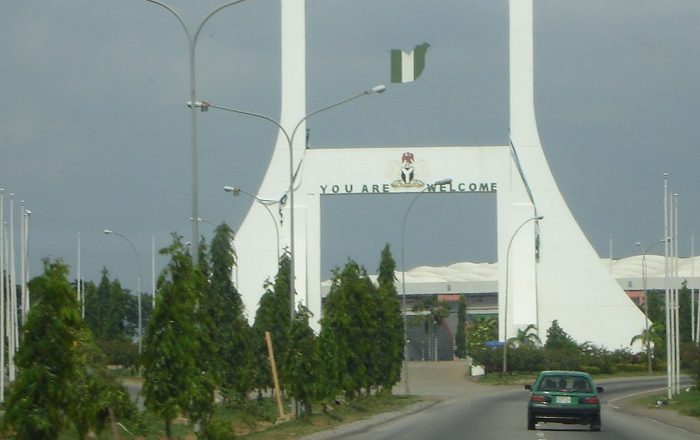Paragraph 1: Encroachment and the Need for Reclamation
The Federal Capital Territory Administration (FCTA), through its Abuja Metropolitan Management Council (AMMC), has initiated a process to reclaim illegally occupied land within the Institution and Research District of Abuja. This district, designated for educational and research purposes, has been subject to encroachment by unauthorized individuals and structures, hindering planned development and disrupting the intended use of the area. The FCTA’s commitment to enforcing land use regulations stems from the need to maintain order, ensure equitable allocation of resources, and facilitate the development of Abuja in accordance with its master plan.
Paragraph 2: Stakeholder Engagement and Enforcement Strategy
The FCTA, recognizing the potential impact of enforcement actions on local communities, has adopted a strategy of engagement and dialogue. A stakeholder meeting was convened with representatives from Zhidu, Piwoyi, and Peace Village, indigenous communities located within or near the affected area. The Director of Development Control, Mr. Mukhtar Galadima, emphasized the FCTA’s commitment to a humane approach, aiming to minimize disruption to residents while upholding the rule of law. This approach aims to balance the need for enforcement with the interests of the local population.
Paragraph 3: The Issue of Compensation and Non-Compliance
A central issue in the land dispute revolves around compensation payments made to some occupants. Estate developers, having legally acquired land within the district, have compensated individuals residing on those lands. However, despite receiving compensation, some occupants have refused to vacate the premises, creating a conflict between the rights of the developers and the claims of the occupants. This non-compliance has hindered development projects and raised concerns about the enforceability of land agreements.
Paragraph 4: Differentiating Indigenous and Non-Indigenous Structures
The FCTA has clarified its enforcement strategy by drawing a distinction between structures owned by indigenous communities and those erected by non-indigenous individuals. While structures belonging to indigenous communities are excluded from demolition, those built by non-indigenous individuals without proper building plan approvals from the Department of Development Control face removal. This distinction acknowledges the historical presence and land rights of indigenous communities while addressing unauthorized construction by others.
Paragraph 5: Perspectives of Indigenous Communities
Representatives from the indigenous communities expressed their understanding of the situation and acknowledged the moral implications of occupants remaining on the land after receiving compensation. They emphasized that many of the structures currently occupied by non-indigenous residents were originally built by natives for rental income. These representatives appealed to the FCTA to avoid any enforcement actions that could create tension within the communities and suggested reallocating developers to alternative lands not occupied by natives.
Paragraph 6: Path Towards Amicable Resolution
Both the FCTA and the community representatives agreed on the need for a collaborative approach to resolve the land dispute. They proposed revisiting the affected areas, reviewing the list of compensated individuals, and engaging in further dialogue. This collaborative approach seeks a solution that respects the rights of all stakeholders, promotes peaceful coexistence, and facilitates the planned development of the Institution and Research District while minimizing disruption to the indigenous communities.


